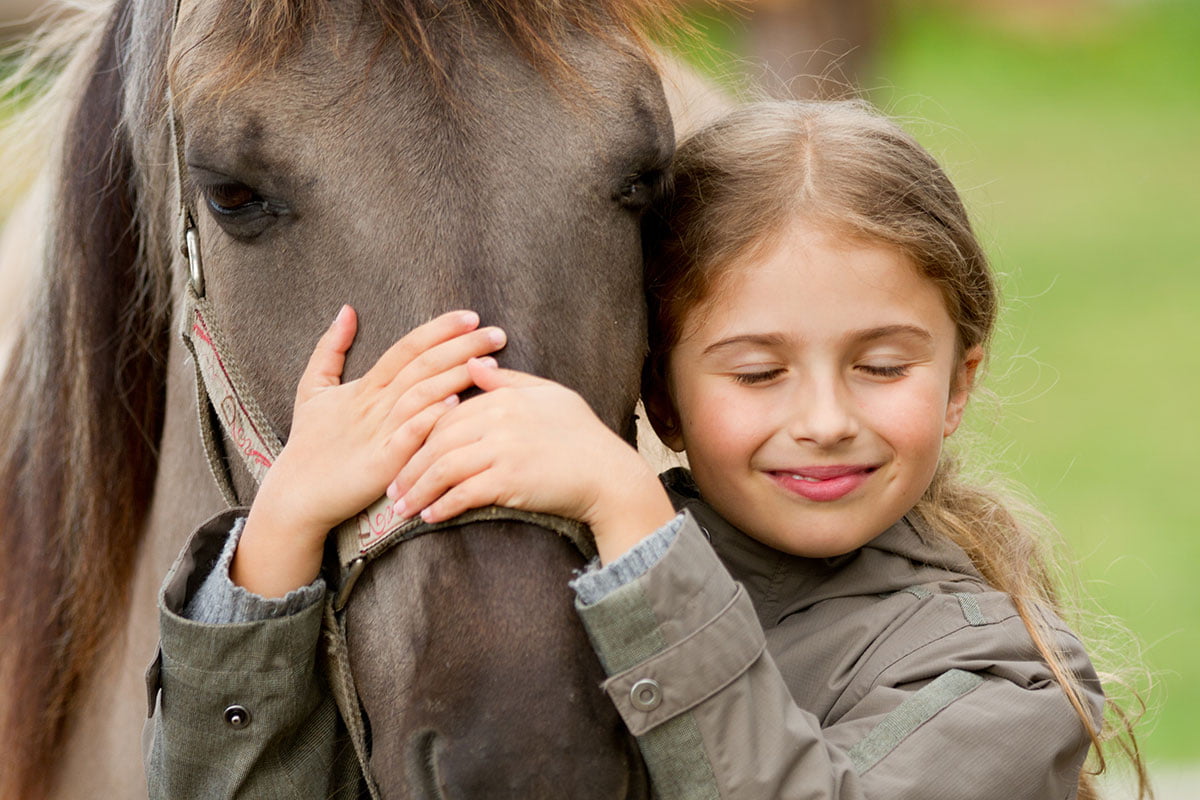Buying a horse can be a wonderful experience that leads to a lifetime of pleasure and enjoyment but there are some pitfalls to avoid. This issue of our newsletter is designed to help guide you through the process.
In many homes it is the youth rider who wants to have a horse or pony. As a parent you have to do your homework too.
Equine Legal Solutions has a great article on this subject; you can access the entire article “A Parents’ Guide to Choosing Horses for Children” by clicking here.
They recommend making sure that your child is truly ready for horse ownership by;
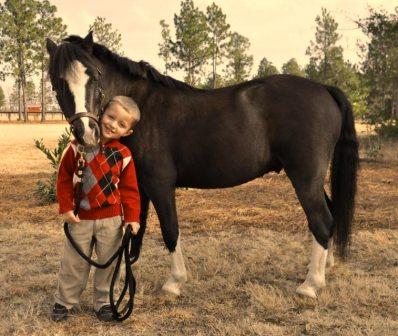
- Enroll your child in regular riding lessons (at least once a week) with a reputable trainer or instructor.
- Help your child become a member of the local 4-H horse club or local chapter of the U.S. Pony Club. You can get more information about your local 4-H horse clubs by calling your county’s cooperative extension service. Both 4-H and Pony Club offer a wealth of opportunities for you and your child to learn about horses and develop their horsemanship and leadership skills in a safe, encouraging environment. These clubs are designed as family activities and as a parent, you can (and should!) volunteer and learn along with your children. Note that you need not actually own a horse to join either of these organizations.
- If your child demonstrates a sustainable interest in horses and you find that weekly riding lessons do not provide enough “horse time” for your child, consider a full or partial lease of a horse for at least six months. Leasing is an arrangement in which you pay either a fixed fee or a portion of the horse’s expenses in exchange for riding time on that horse. In the typical full lease, you take over all of the horse’s expenses and care responsibilities, and in a typical partial lease, the owner remains primarily responsible for these items. Ask your child’s instructor or trainer to recommend a leasing situation for you. Equine Legal Solutions offers lease agreement forms that clarify the owner’s and the lessee’s responsibilities. You can access this information on their website at www.equinelegalsolutions.com.
- If even leasing a horse does not provide enough “horse time” for your child, only then should you consider actually purchasing a horse or pony. Deciding to purchase a horse or pony is a huge commitment, a lot like going from owning a dog to having a baby.
Next, check your budget; horses come with a list of needs just like your children, it’s much more than diapers and baby food.
Here are some of the items you should budget for on a monthly basis, in the approximate order of magnitude:
- Board [1]
- Lessons [2]
- Competitions [3]
- Farrier [4]
- Veterinarian [5]
- Tack and Equipment [6]
- Feed and Supplements [7]
- Bedding [8]
- Miscellaneous [9]
You should ask your instructor to help you create a realistic budget, and you can benchmark with other parents as a reality check.
Now that you’ve decided that you really do want to pursue a horse purchase you’ll need to make some decisions regarding breed, size, age and experience of the horse. Once you’ve narrowed down your scope it is time to go shopping.
These days the internet has changed the horse buying experience as much as everything else. Online sites abound. Ultimately you are going to need to see, touch and test the potential new horse. NEVER BUY A HORSE SIGHT UNSEEN unless you have a highly trusted advisor to do this for you.
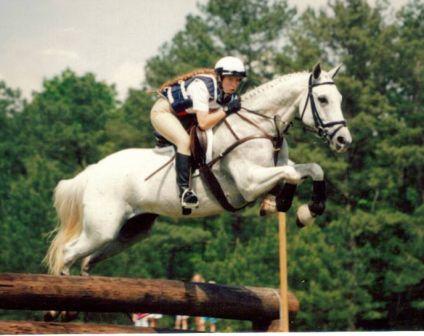
Here are 20 Do’s and Don’ts when going to look at horses.
- DON’T allow your child (unless he or she is an older teen) to make the calls about the horse. DO make the calls yourself, using the horse-buying checklist. DON’T rely too heavily on email – it’s often quicker to make a call then ask lengthy questions in email.
- DON’T start calling about or looking at horses in person until you are ready to buy. Few things are more irritating to a horse seller than a tire kicker.
- DON’T order a video of a horse unless you are interested in buying it, and DO promptly return any videos that you order. Horse sale videos are expensive and time-consuming to create, edit and mail.
- DON’T look at horses that are priced more than 20% over your horse-buying budget, unless you have good reason to believe that the seller will negotiate the price to fit within your budget.
- DON’T try to negotiate the price before you have even seen the horse. Wait until you have thoroughly tried out the horse, THEN negotiate.
- DO call and make an appointment with the owner before coming out to look at a horse, and try to be on time. If you will be late or need to cancel or postpone the appointment, call the owner as soon as you know. Getting a horse ready to show to prospective buyers can be hard work, and the owner deserves your courtesy.
- DO make sure you have good directions to the horse’s location. Mapquest can be somewhat unreliable in rural areas, so get backup directions from the horse’s owner. DO get the owner’s cell phone number so you can call if you get lost.
- DO leave non-horsey friends and family members at home, including small children who won’t be the primary riders of the horse. This includes infants in strollers.
- DON’T bring your dog, even if he’s on a leash.
- DO make sure each family member wears appropriate clothing, even if they are not going to ride, and that means jeans (or breeches) and boots. Your child should bring and wear his or her safety helmet. For safety’s sake, no one should wear shorts, flip-flops or sandals.
- DO look around the facility. Observe what is in the trash cans (tubes of calming paste?) and what condition the other horses are in.
- DO have the horse’s owner ride the horse before you or your child ride the horse.
- DON’T be afraid of offending the owner if you decide the horse isn’t right for you. As soon as you are certain of this, you can simply politely inform the owner that you don’t think it’s a good match and say your good-byes. This will save both your time and the owner’s.
- If the horse appears suitable, DO have your child perform all of the tasks listed above under “Temperament, Temperament, Temperament” when you go out to look at the horse. If your child can’t perform these tasks with this horse, it’s time to move on.
- DON’T ruin your negotiating power and tempt yourself to buy too soon by showing up with a horse trailer in tow.
- DO bring your video camera or regular camera and take plenty of photos and video.
- DO take notes about what you observed before you forget.
- DO have your instructor come out in person and pre-approve the horse before you purchase.
- DO talk over the horse’s price with your instructor to make sure that he or she feels the horse is priced fairly (and if not, what a fair price would be).
- DO listen to your instructor! If he or she says a horse is unsuitable, be prepared to move on, no matter how beautiful the horse is or how much your child wants it.
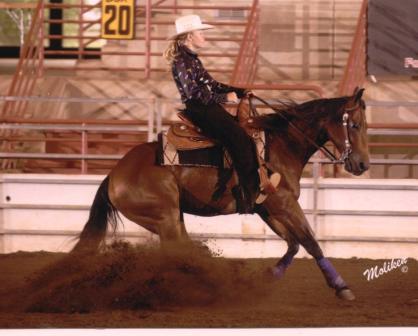
When you go be sure to take your Horse Buyers Checklist, you can download one by clicking this link.
Be sure to have an understanding with your trainer or instructors regarding sales commissions if you are using one to help you. And ALWAYS insist on a Prepurchase Examination by a qualified veterinarian. Even a free horse will become an expensive mistake if you are buying a horse that is lame or diseased. You should avoid using the seller’s veterinarian if at all possible due to a potential conflict of interest. The seller should always be willing to disclose all previous medical records. Insist on a blood test for a drug screen. Select a veterinarian who is very familiar with the type of activity that you wish to participate in. Some lines in certain breeds have genetic predisposition to medical problems such as HYPP, HERDA in Quarter Horses, CID in Arabians and Anterior Segment Dysgenesis in Rocky Mountain Horses.
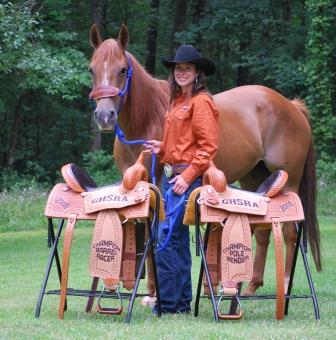
Many years ago my neighbor was buying her daughter’s first horse. The daughter had spent hours in my barn grooming and learning to exercise horses. A large pony was found that came complete with saddle and bridle. We trailered the horse to my barn and hid him there. Late Christmas Eve we snuck the pony across the road and into their barn. It is still one of my most favorite Christmas memories and the start of a long family history with horses.

